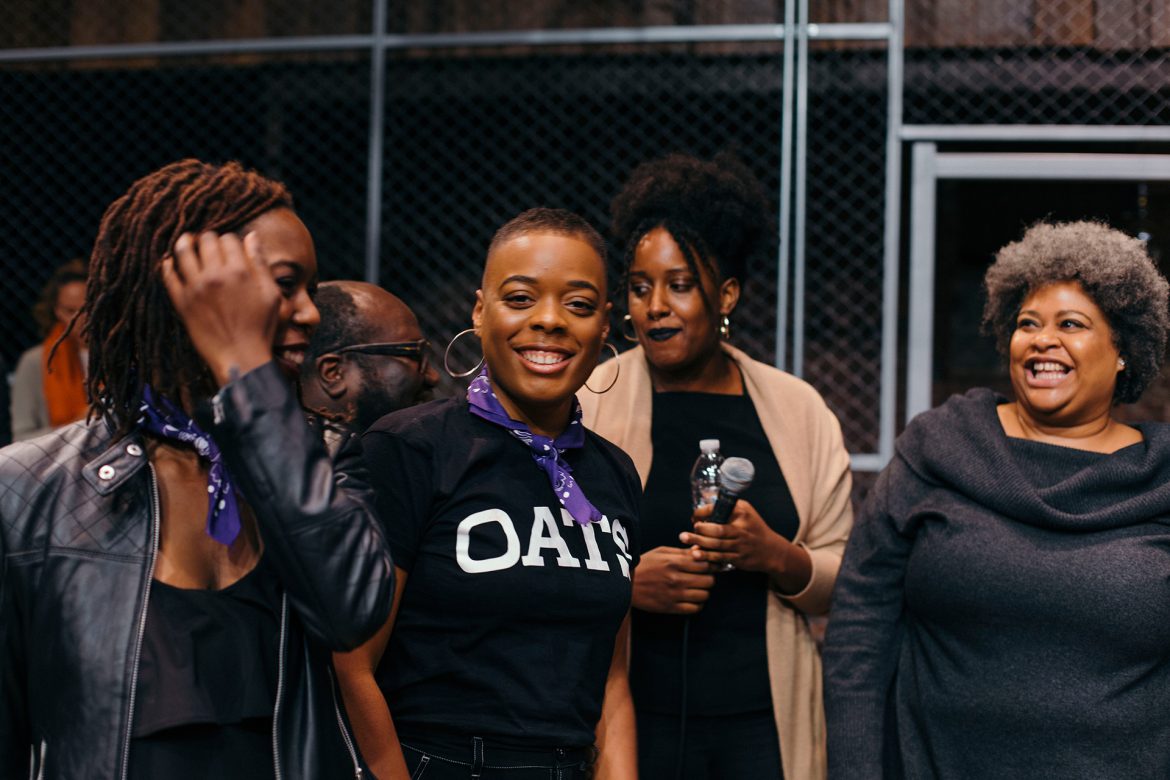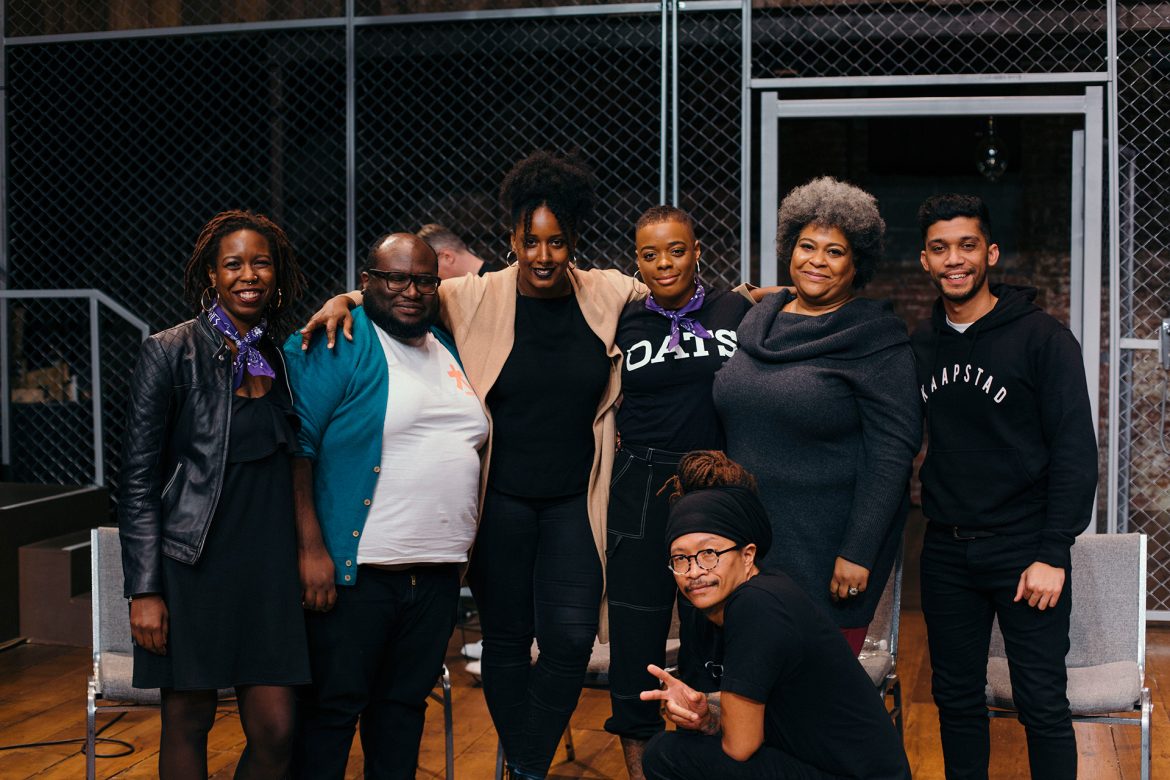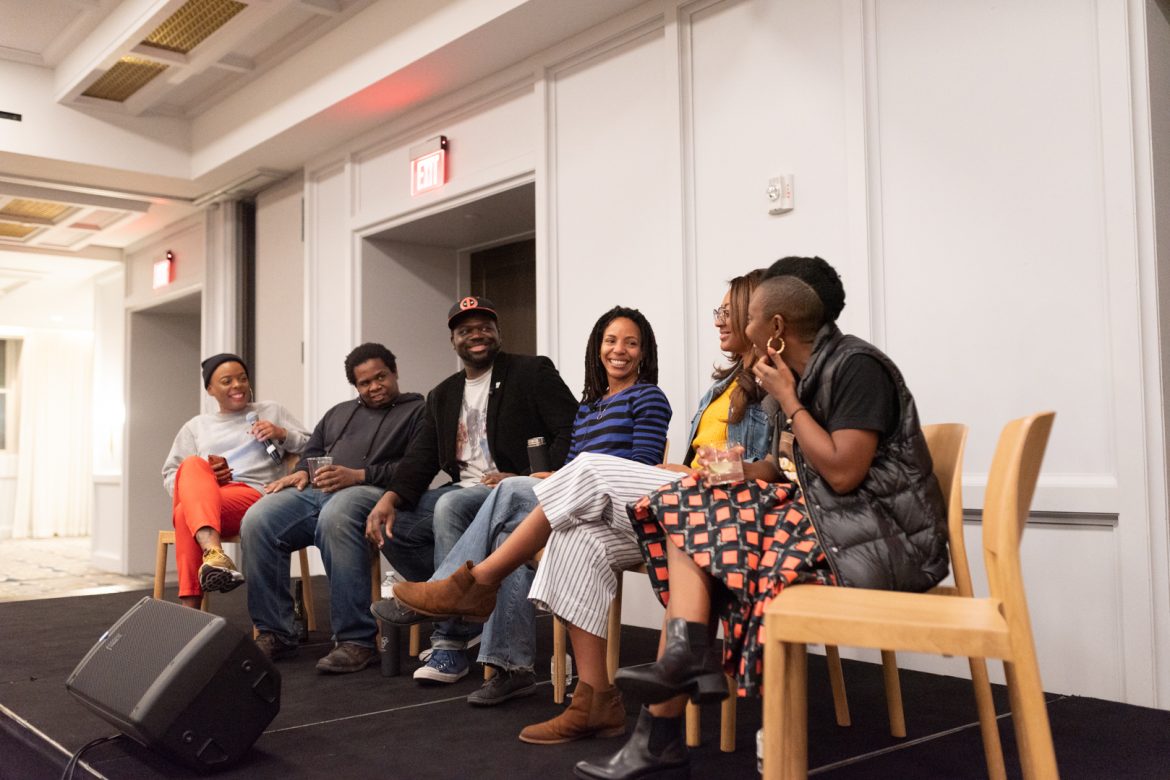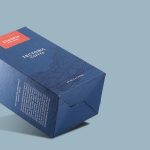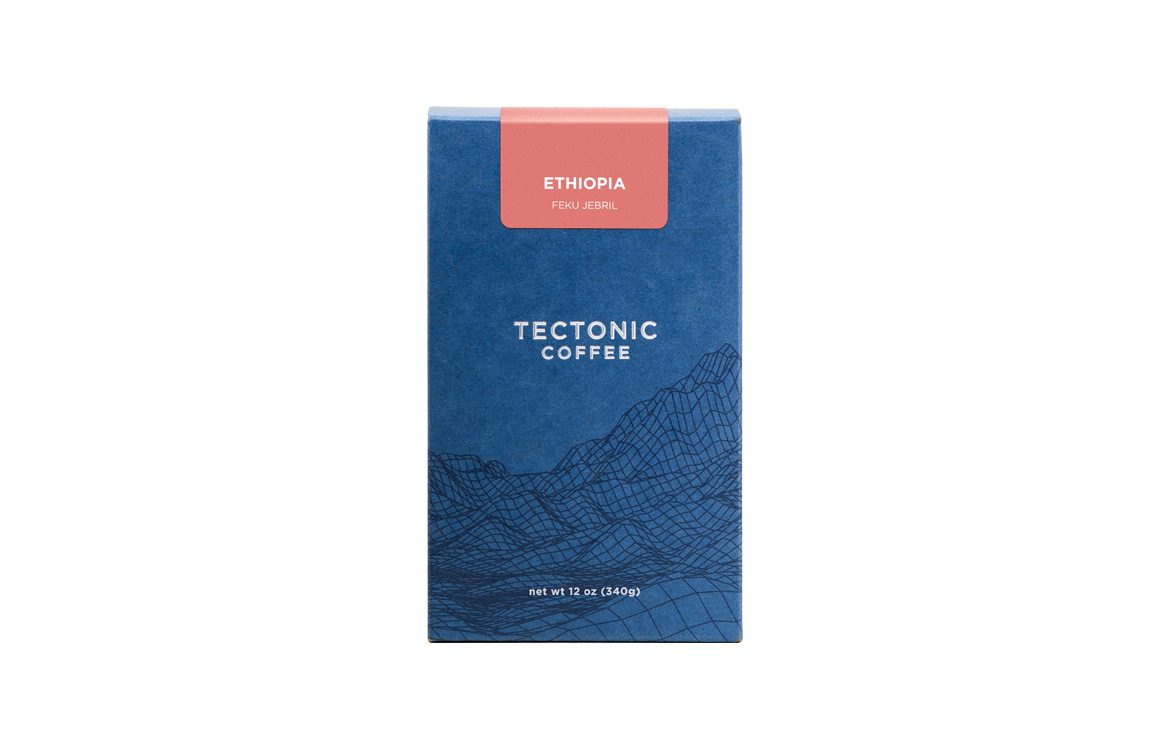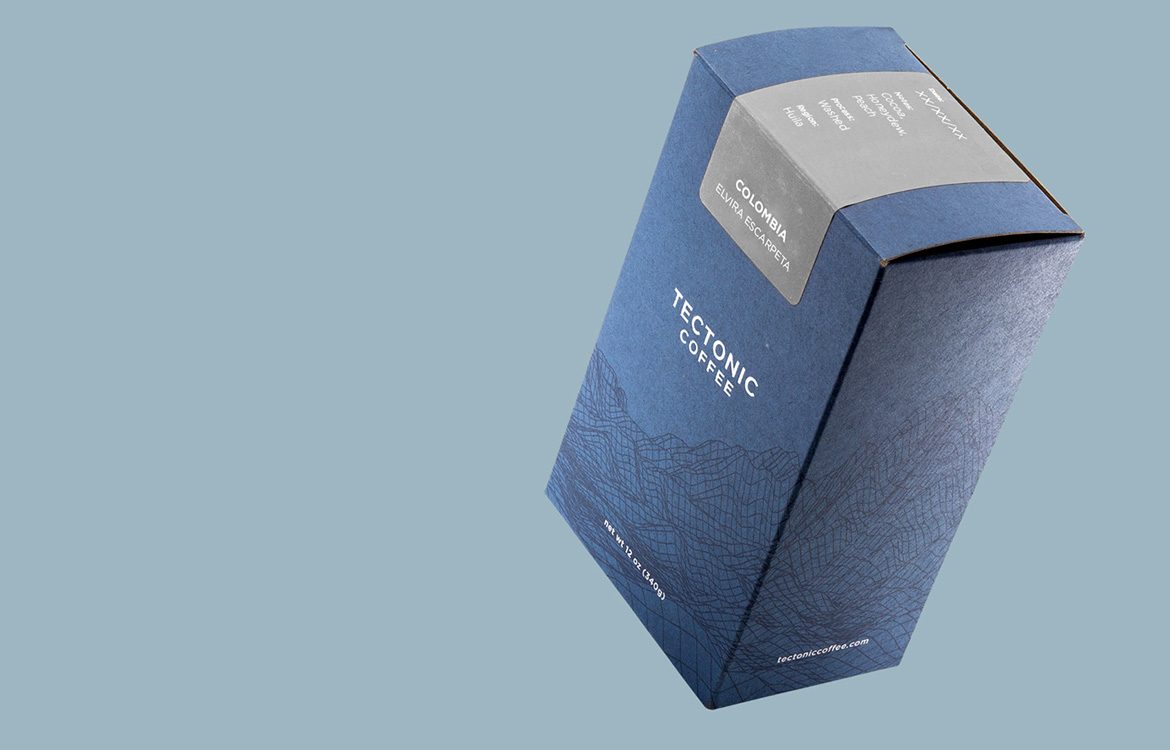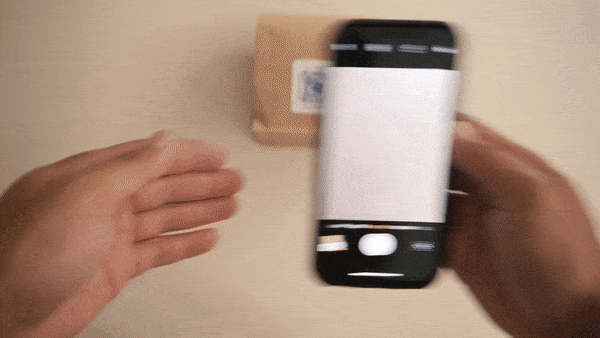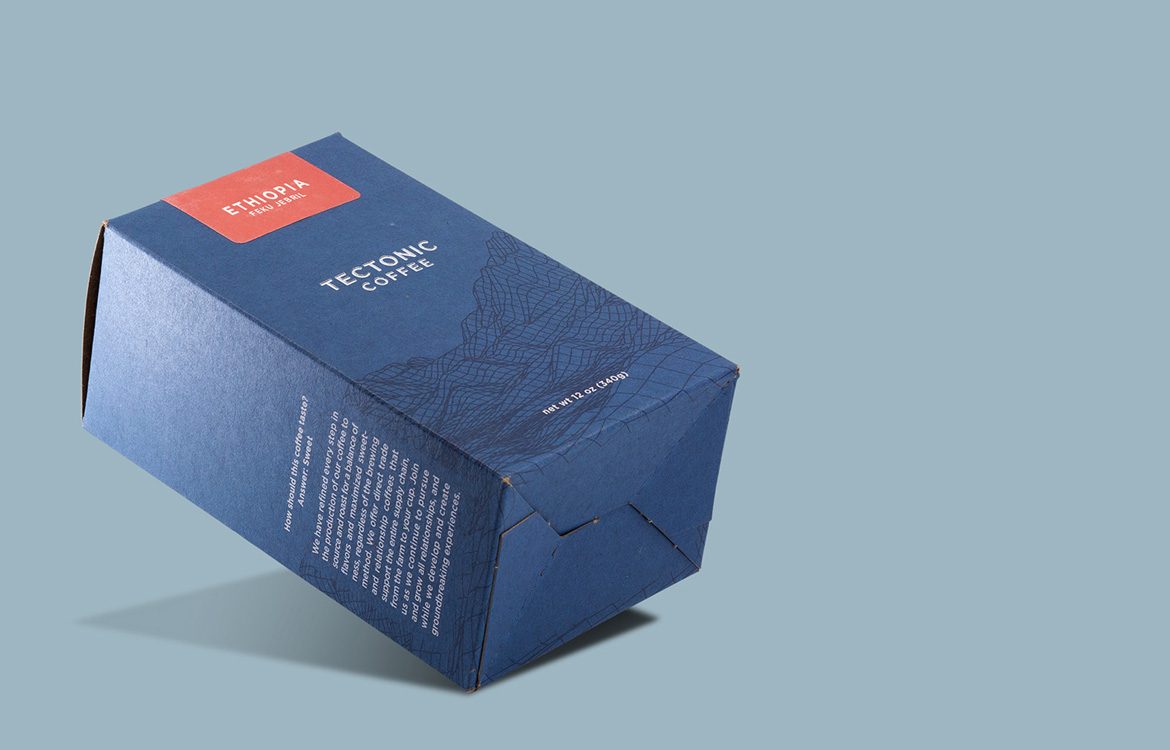Te encuentras en la tienda de café y enfocas tu mirada en una bolsa de café en granos: “Café lavado de tueste suave – medio, origen: Nariño, Colombia”, dice el empaque.
Pero si el origen es Nariño, Colombia, y “tueste claro-medio” indica el grado de tueste, ¿qué significa “lavado”? ¿Cómo afecta el sabor de tu café? ¿Cuál es la diferencia entre este y un café de proceso natural o honey?
Y, finalmente, ¿por qué muchos baristas y amantes del café especial aún adoran el café lavado (también llamado “de proceso húmedo”)?
Read This in English Processing 101: What Is Washed Coffee & Why Is It So Popular?
 Cerezas de café madurando en la rama. Crédito: Café de Colombia
Cerezas de café madurando en la rama. Crédito: Café de Colombia
¿Qué Es El Procesamiento Del Café?
La palabra “procesado” tiene una mala reputación en el mundo actual, especialmente en la industria de alimentos y bebidas. Nos hemos habituado a asociarla con productos químicos, alimentos listos para consumir, y fábricas. Aun así, en el mundo del café, esto no puede estar más lejos de la realidad.
Los granos de café de los cuales extraemos nuestra bebida diaria, son las semillas de una pequeña y brillante baya, también conocida como “cereza de café”. Dentro de cada cereza hay dos semillas (a menos que se trate de un caracolillo, es decir, una cereza dentro de la cual las semillas no se separaron y, por lo tanto, contiene una sola semilla más grande y redonda).
Esto significa que, para preparar una taza de café lo primero que debemos hacer luego de la cosecha es remover las semillas del fruto. Pero es más fácil decirlo que hacerlo.
Cada fruto de café está compuesto por diferentes capas: la piel externa (pulpa) o exocarpio; el mucílago o mesocarpio, una capa sedosa y pegajosa, responsable de gran parte del dulzor del café; una capa similar al papel o endocarpio llamada pergamino; y la película plateada, una membrana que recubre las dos semillas.
El procesamiento del café consiste en la remoción de estas capas que constituyen el fruto. Hay muchas maneras para hacerlo. Cada una de ellas incide de manera diferente en el sabor del café.
 Productor rastrillando el café para asegurar que se seque de manera uniforme. Crédito: Café de Colombia
Productor rastrillando el café para asegurar que se seque de manera uniforme. Crédito: Café de Colombia
¿Qué Es El Procesamiento Lavado (O Húmedo)?
Hay dos fases fundamentales que se deben llevar a cabo a partir de la cosecha y antes del almacenamiento/exportación: se debe remover el fruto y los granos deben secarse a un nivel apropiado. Las principales diferencias entre las formas de procesamiento del café están en el orden en el cual se llevan a cabo estas dos fases.
En el café natural, por ejemplo, el fruto se remueve luego del secado. En el proceso honey y despulpado natural, se remueve una parte del fruto antes (la piel y, algunas veces, parte del mucílago) y otra parte se remueve después (el resto del mucílago y las demás capas).
Pero, como me dijo Carlos Oliveros, investigador principal de Cenicafé, el centro de investigación de la Federación Nacional de Cafeteros de Colombia, “un café lavado es un café al que se le ha retirado varias estructuras antes de iniciar el secado… Hemos quitado la cáscara o pulpa, le hemos quitado el mucílago”. Quedan solo el pergamino y la película plateada.
George Howell, fundador de George Howell Coffee y uno de los primeros exponentes del movimiento del café de especialidad, está de acuerdo y enfatiza en el uso de agua para lograrlo. “Tradicionalmente, un café lavado ha empleado agua principalmente para remover el mucílago, luego de que el café ha fermentado por un tiempo, con agua turbulenta. El mucílago se desprende y luego se seca el café”.
Pero esta es la diferencia técnica. Ahora, es el momento para la pregunta realmente importante: ¿Qué sabor tiene un café lavado? ¿Y por qué?
 Café lavado secándose en camas elevadas en Colombia. Crédito: Café de Colombia
Café lavado secándose en camas elevadas en Colombia. Crédito: Café de Colombia
El Sabor De Un Café Lavado
Hay una razón por la cual una de las palabras utilizadas más frecuentemente para describir un café lavado es “limpio”.
Como dijo George Howell, otros tipos de procesamiento, como el natural y honey “aportan cuerpo y, a menudo, un sabor frutal a los cafés… [creando] un perfil de sabor dramáticamente diferente al de un café lavado”.
Esto se debe al mucílago que permanece recubriendo los granos. Los azúcares del fruto y otros compuestos fermentan, incidiendo en el grano. Pero en el procesamiento lavado, todo esto se ha removido.
Y Pil Hoon Seu, propietario y comprador de café verde en Coffee Libre en Corea del Sur, resaltó que “el procesamiento lavado es un método para enfocarse en el grano en sí”.
En otras palabras, con un café lavado, percibes el sabor del café en sí: el origen, la variedad, el terroir, en lugar del impacto del método de procesamiento.
George Howell me dijo: “Lo que adoro de los cafés lavados es que pueden tener sabores puros intrínsecos del grano, si el lavado se ha realizado correctamente…”
“[Hay] sabores intrínsecos que dependen de la variedad de café, pero también del terroir. Un brillante ejemplo de esto, para mí, es cuán diferente es el Caturra de Colombia en comparación con el de América Central. Tienen perfiles de sabor dramáticamente distintos”.
Por supuesto, esto significa que el procesamiento lavado es más adecuado para cafés con un perfil de sabor excelente. Gloria Inés Puerta es la investigadora de calidad en Cenicafé. Ella resalta que el procesamiento lavado puede resultar en una acidez limpia: esa característica frutal y vivaz que muchos amantes del café de especialidad consideran deliciosa.
Y, finalmente, los cafés lavados son a menudo consistentes. Con el procesamiento natural y honey, es difícil predecir el perfil final de la taza (por esta razón, requieren de un estricto control de calidad). Esto se debe a que la fermentación continúa llevándose a cabo dentro del fruto durante la fase de secado, la cual puede tomar bastante tiempo. En el caso de los cafés lavados, la fermentación ocurre en su totalidad al inicio, así que, es más fácil de controlar.
 Café lavado secándose en una cama elevada. Crédito: Café de Colombia
Café lavado secándose en una cama elevada. Crédito: Café de Colombia
Proceso Lavado Paso A Paso
Así que, sabemos que el fruto se remueve antes de iniciar el proceso de secado. Sin embargo, el procesamiento lavado es mucho más complejo. Demos un vistazo al método.
1. Clasificación
Luego de haber recolectado las cerezas de café, los productores de café especial comenzarán seleccionándolas. Durante este proceso se remueven las cerezas defectuosas o inmaduras.
Carlos Oliveros me contó acerca del proceso que Café de Colombia recomienda utilizar. El primer paso, dijo, es poner todas las cerezas en agua y remover los flotadores.
“Los cafés de mejor calidad tienen una densidad mayor que la del agua”, dijo. Las cerezas defectuosas, tienen semillas que no se desarrollaron de forma correcta, en las que se forman espacios llenos de aire. Esto quiere decir que flotan.
“[Entonces], los frutos que flotan en agua generalmente tienen algún problema. Puede ser un ataque de broca [una plaga común del café], puede ser algo que pasó en campo, que no permitió [una correcta maduración]”. Dado que son de calidades distintas, Carlos recomienda procesar y vender ambos lotes de cerezas separadamente, a diferentes precios y en diferentes mercados.
2. Despulpado
La siguiente fase consiste en remover la pulpa o la piel de la cereza. Para hacerlo, se puede emplear una máquina llamada despulpadora. Carlos también me dijo que “es muy importante pasarlo [el café] por una zaranda”. No todas las cerezas de café se despulparán completamente en la despulpadora, resaltó.
 Vaciando sacos de cerezas de café en una despulpadora. Crédito: Café de Colombia
Vaciando sacos de cerezas de café en una despulpadora. Crédito: Café de Colombia
3. Fermentación
El siguiente paso, es fermentar los granos. Carlos y Gloria me dijeron que, tradicionalmente, el café se fermenta en tanques; Gloria me contó que, generalmente puede durar entre 18 y 24 horas, según la temperatura y el valor que se dé al café. Durante esta fase, los microorganismos presentes en los granos crean las enzimas responsables de la descomposición del mucílago.
Sin embargo, los productores tienen otras opciones. Una de las mayores críticas que ha recibido el proceso lavado es el consumo elevado de agua. Esto no solo es un problema en áreas que sufren de escasez de agua, sino que el manejo inadecuado de las aguas residuales puede traer como consecuencia que los productos químicos ingresen al sistema hídrico local. Esto ha llevado a las asociaciones cafetaleras y a los fabricantes de equipos a invertir en el desarrollo de alternativas para obtener el efecto del procesamiento lavado en el café, reduciendo el costo ambiental.
Carlos y Gloria me hablaron de estas dos opciones:
- Becolsub: es una máquina creada por Cenicafé que remueve el mucílago de los granos sin necesidad de la fermentación. El proceso emplea menos de 40 segundos por grano.
- Ecomill: es otro equipo desarrollado por Cenicafé. Carlos me explicó que reduce el consumo de agua de 40 a 0.3/0.5 litros por kilo de café pergamino.
Por otro lado, algunos países tienen métodos de fermentación ligeramente distintos. Pil me recordó que, en Kenia, es común realizar un proceso llamado doble fermentación. Esto significa que los granos se sumergen en agua dos veces, generando un mayor consumo de agua, pero un café muy limpio.
 Trabajador de una finca inspeccionando la fermentación del café.
Trabajador de una finca inspeccionando la fermentación del café.
4. Secado
La fase final es el secado, pero aún no es el momento de descansar para los productores. “El secado es una operación de alto riesgo, donde tenemos un producto muy vulnerable al deterioro por microorganismos”, dijo Carlos, “y también por su propio deterioro fisiológico”.
Él me dijo que las fincas más pequeñas a menudo secan el café bajo el sol, mientras que las más grandes pueden usar secadoras mecánicas. “También hacemos a veces una combinación de los dos [métodos], es decir iniciamos un proceso al sol y después de uno o dos días… lo llevamos a un secado mecánico y de esa manera, obtenemos un producto de muy buena calidad con muy buena reducción en los costos de energía eléctrica y el combustible”.
 Granos lavados de Castillo secándose en camas elevadas. Crédito: Angie Molina
Granos lavados de Castillo secándose en camas elevadas. Crédito: Angie Molina
El procesamiento lavado es uno de los tipos de procesamiento más comunes y populares de la industria cafetera; y por una buena razón. Los cafés lavados son limpios: permiten percibir todos los deliciosos sabores del origen y la variedad, desde una acidez chispeante a ese toque de dulzor o un aroma floral.
El mayor desafío para la industria cafetera es asegurar que el proceso lavado sea tan limpio para el medio ambiente como lo es en la taza. Pero con nuevos equipos y una conciencia cada vez mayor acerca de la importancia de esto, queda claro que actualmente, el procesamiento lavado no es igual que hace diez años.
Así que, cuando veas un café de proceso lavado en una tienda de café, pruébalo. Toma un sorbo y disfruta el sabor de esas notas del origen.
¿Disfrutaste este artículo? Lee Cafés de Proceso “Honey” Amarillo, Rojo y Negro: ¿Cuál es La Diferencia?
Escrito por Angie Molina.
Traducido por María José Parra.
Ten en cuenta: este artículo fue patrocinado por Café de Colombia
Quieres Seguir Leyendo Artículos Como Este? ¡Suscríbete Aquí!
The post Proceso 101: ¿Qué Es El Café Lavado Y Por Qué Es Tan Popular? appeared first on Perfect Daily Grind.
from RSSMix.com Mix ID 8200593 https://www.perfectdailygrind.com/2018/12/proceso-101-que-es-el-cafe-lavado-y-por-que-es-tan-popular/








